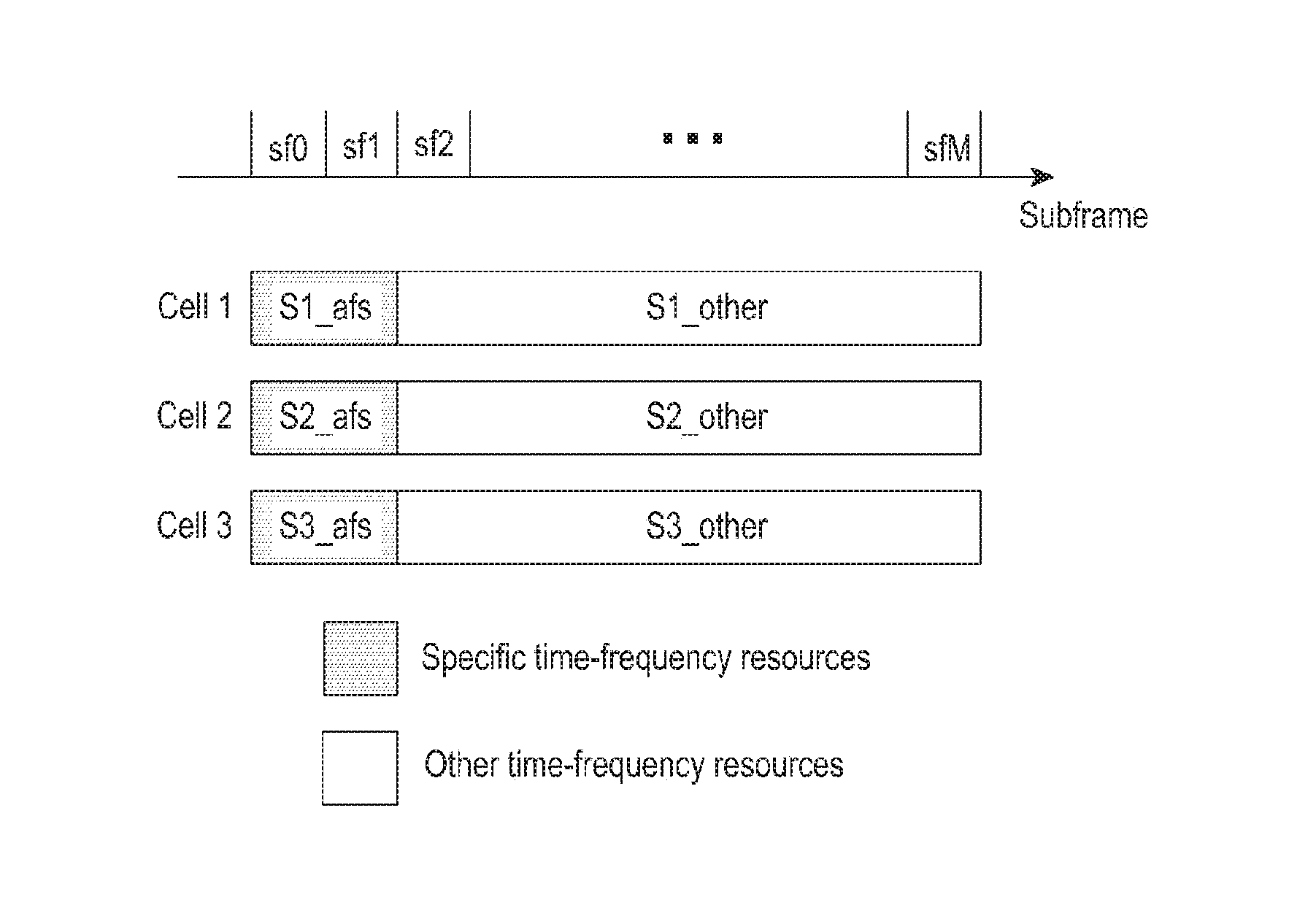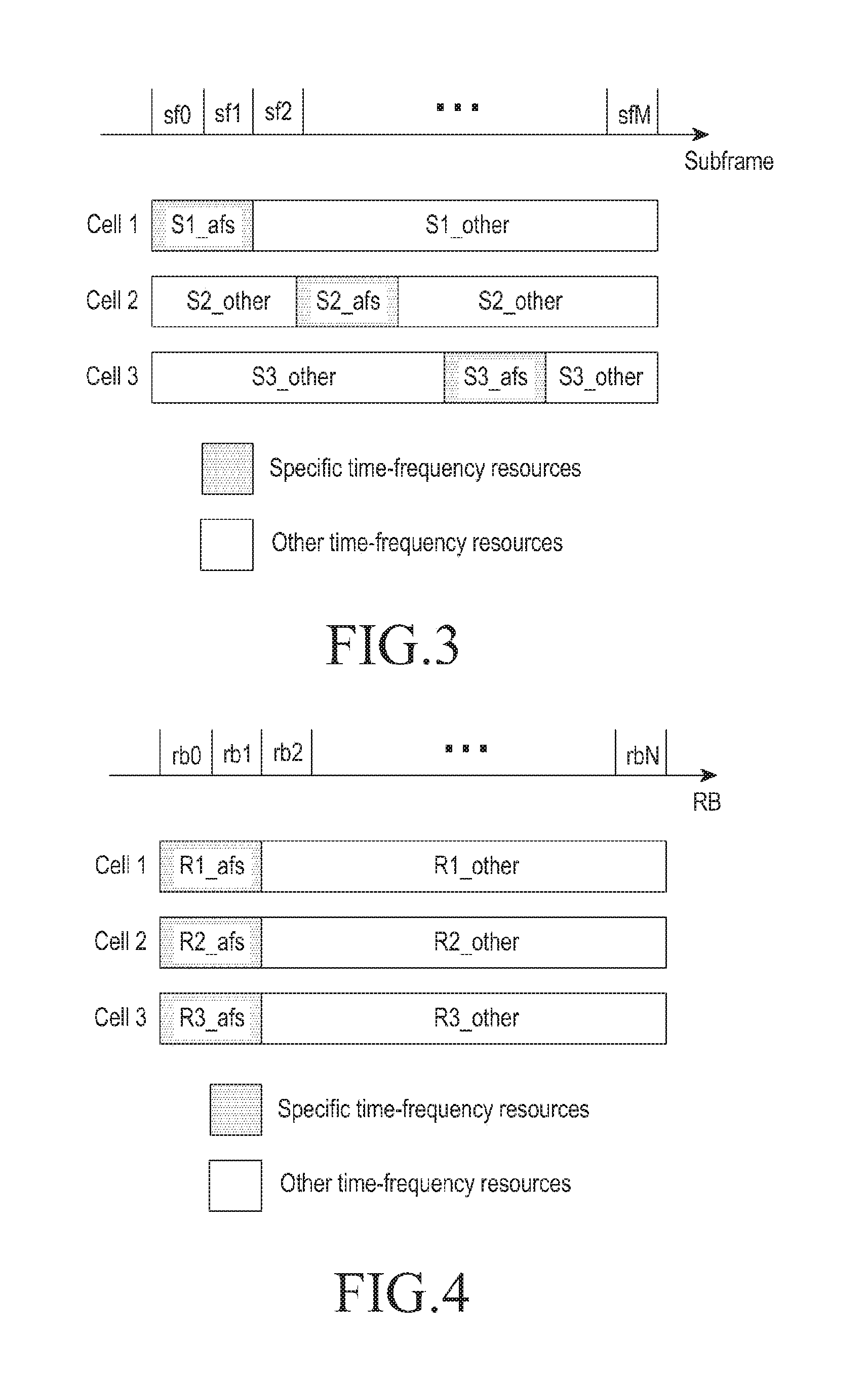Method and equipment for processing interference signals
a technology for interference signals and equipment, applied in the field of radio communication, can solve the problems of difficult improvement of the performance of cell edge user equipment (ue), large signaling overhead, and bottleneck of data transmission rate increase, so as to achieve the effect of cancelling and/or suppressing the interference signal, improving the correctness of ue in detecting information about the interference signal of a neighboring base station, and improving the detection accuracy of channel information
- Summary
- Abstract
- Description
- Claims
- Application Information
AI Technical Summary
Benefits of technology
Problems solved by technology
Method used
Image
Examples
Embodiment Construction
[0035]Embodiments of the present invention will be described in details as below. The examples of the embodiments are illustrated in the accompanying drawings, wherein similar or same reference numbers indicate similar or same elements or elements with same or similar functions throughout the drawings. The embodiments described with reference to the drawings are intended to explain the present invention and shall not be construed as limitations to the present invention.
[0036]To realize the objective of the present invention, an embodiment of the present invention provides a method for processing interference signals, including the following steps of: receiving, by a terminal, configuration information sent by a base station to obtain periodic scheduling configuration information of a neighbor cell on specific time-frequency resources; detecting, by the terminal, an interference signal of the neighbor cell according to the scheduling configuration information, and acquiring informati...
PUM
 Login to View More
Login to View More Abstract
Description
Claims
Application Information
 Login to View More
Login to View More - R&D
- Intellectual Property
- Life Sciences
- Materials
- Tech Scout
- Unparalleled Data Quality
- Higher Quality Content
- 60% Fewer Hallucinations
Browse by: Latest US Patents, China's latest patents, Technical Efficacy Thesaurus, Application Domain, Technology Topic, Popular Technical Reports.
© 2025 PatSnap. All rights reserved.Legal|Privacy policy|Modern Slavery Act Transparency Statement|Sitemap|About US| Contact US: help@patsnap.com



